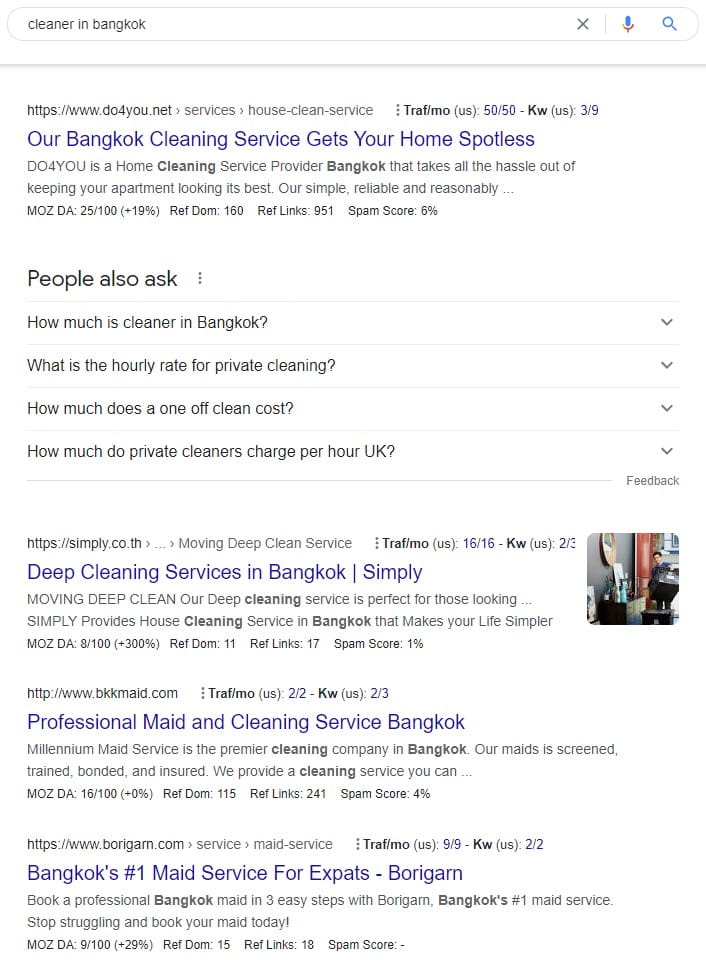
A meta description is a short summary of a web page’s content. These descriptions are meant to give users an accurate and concise summary of what a website or webpage is about. It is typically used by search engines to display a page’s title and meta tags in search results. Meta descriptions can also be used by social media platforms to generate previews of a page’s content. Meta descriptions are a valuable opportunity to tell potential visitors what your page is about and why they should click through to it. While meta descriptions are not a ranking factor, they are an important part of your on-page SEO and can help improve your click-through rate (CTR), which we cover here.
Purpose of meta descriptions
It is meant to give users an overview of what the page is about before they click through to it. The meta description can be used by search engines to generate snippets for a given page in SERPs (search engine results pages). In addition, meta descriptions can also be used by social media platforms such as Facebook and Twitter when a page is shared. While the meta description is not a direct factor for Google, the CTR of your listing in results is.
This means you should be looking at what your audience is looking for and adapting the Meta description to match your targets. Similar to how you might optimise your Google Ad Descriptions for maximum impact you would do the same for Meta Descriptions.
How can meta description help with SEO?
Apart from its primary purpose of giving users an overview of the page, it can also be used to support SEO efforts in the form of CTR improvements. Although meta descriptions don’t directly affect search engine rankings, they can indirectly influence how often people click on your listing when it shows, which is a ranking factor and helps tell Google how well your content matches a particular search intent. Moreover, a well-written meta description can help to convince users to click on your listing instead of your competitors’. As such, including relevant keywords and creating an enticing meta description should be part of any good SEO strategy.
Let’s take a look at an example for the search term “Cleaner in Bangkok”, consider the verbiage used and the coverage of the topic within the context of what you would be looking for. So in this example,
- You have First pushing the hassle-free aspect and how they are reliable
- Second thinks people also look for Deep Cleans or Moving with a focus on house over home
- The third is the premier option apparently, with maids screened, trained, bonded and insured – so trying to make you feel safe with your choice
- Fourth claims booking a maid in 3 simple steps – so ease of use looking to target the lazy market.

The question is which would you choose and why?
In many cases, it will be down to your personal pain points, perhaps you are moving or you care about safety or you just want the least amount of hassle. Regardless we hope this clarifies some of the considerations when looking at Meta Descriptions.
In conclusion, meta descriptions are a valuable tool that can be used to increase the click-through rate on a given page and a valuable opportunity to tell potential visitors what your page is about and why they should click through to it. While they are not a ranking factor, they can still help to improve your page’s SEO. As such, it is important to ensure that your meta descriptions are well-written, match user search intent and are reflective of the content on your page as they are an important part of your on-page SEO and can help improve your page or website.
